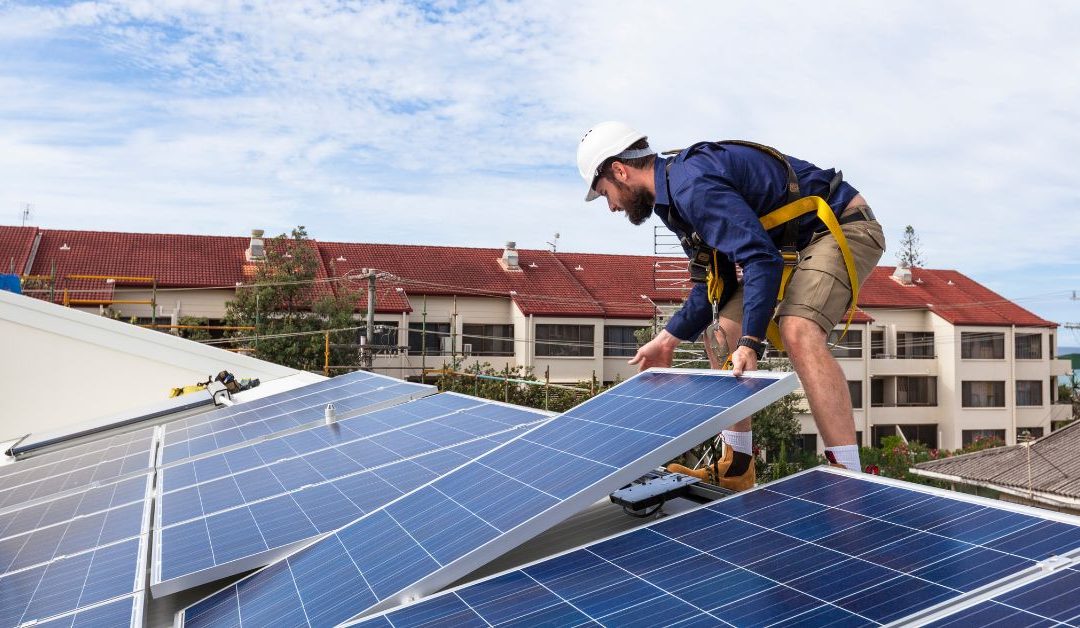
by Blair Butters | Mar 7, 2023 | Tax Credits
On August 16, 2022, President Biden signed into law the Inflation Reduction Act (IRA), which expanded and extended two nonrefundable tax credits meant to encourage individuals to invest in energy efficiency improvements or clean energy in their homes. The IRA also proposes to lower energy costs, increase cleaner production, and reduce carbon emissions by approximately 40% by 2030. Today, we’re breaking down these two tax credits, how they are changing, and how they will affect you as a homeowner in 2023 and beyond. Energy Efficient Home Improvement Credit Homeowners may be familiar with this first credit, the Nonbusiness Energy Property Credit, which expired at the end of 2021. The credit was extended for tax year 2022, using 2021 parameters, however, the IRA extended and significantly improved the credit for 2023 through 2032 and has given the credit a new name – the Energy Efficient Home Improvement Credit. The old credit, applicable prior to tax year 2023, was worth 10% of the costs of installing certain energy-saving improvements in your home, such as windows, doors, roofing, and insulation. The credit had lifetime limits on the amount of credit taken, such as an overall $500 lifetime limit and a $200 lifetime limit for new windows. This meant credits taken in previous years counted toward the limit. There were also some individual credit limits for any advanced air circulating fans ($50), any qualified natural gas, propane, or oil furnaces and hot water boilers ($150), and any single energy property item ($300), such as certain water heaters and heat pumps. In 2023, the credit is now equal to 30% of the costs...



Recent Comments